We would like to inform you that we will be closed from July 28 to August 24 inclusive.
Close
The celesta
The reproduction of a celestial sound by a musical instrument is at the origin of the creation of the celesta. The celesta was invented in 1886 by Victor MUSTEL. This instrument was immortalised by TCHAIKOVSKI in the Danse of the Sugar Plum Fairy in the ballet The Nutcracker.
The celesta
The reproduction of a celestial sound by a musical instrument is at the origin of the creation of the celesta.The celesta was invented in 1886 by Victor MUSTEL.
This instrument was immortalised by TCHAIKOVSKI in the Danse of the Sugar Plum Fairy in the ballet The Nutcracker.
Today, SCHIEDMAYER is the only manufacturer of this instrument that respects the mecanism and preconisations that Victor Mustel settled.
A celesta is composed of :
- A keyboard:
It is composed of white and black keys and extends from 4 to 5 ½ octaves (Do3 to Fa8). The keyboard is similar to the one on the piano. - A stand:
It allows to close and protect the keyboard. It is also meant to hold the sheet. - Weights:
Felted hammers are activated by the keys of the keyboard. They will hit the metallic bars. - Resonators:
Made out of wood, the resonators of the celesta allow to amplify the fondamental of the hit bar and by this, produce the sound. - A frame:
It's the frame of the instrument, its dressing. - The pedal:
As for a piano, the pedal permits to soften or to resonate the sound. To free the sound, the musician pushes on the pedal. To dampen the sound, he'll have to release the pedal.
The celesta is used for example to reproduce the sound of water, of light, of mystery or magic.
It is often use to reproduce fairy, wonderful and heavenly sounds.
Rythmes and Sons is a resaler of the famous SCHIEDMAYER brand.
Back to menu
Keyboards



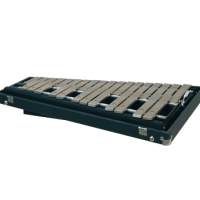
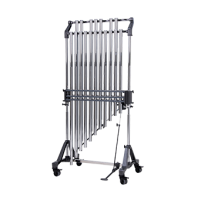
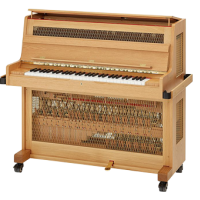
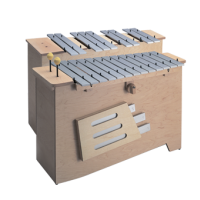

Timpanies





Skin Percussion Instruments










Wood






Metal Percussion Instruments
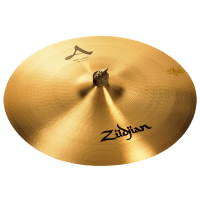









Effects instruments


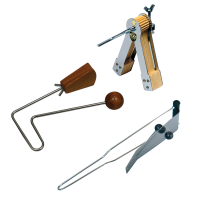



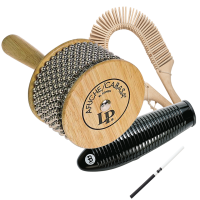
Mallets & Drumstick cases
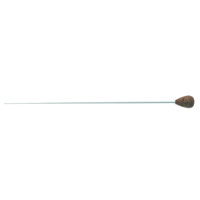
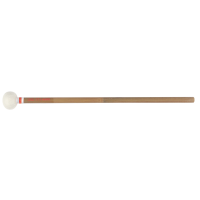



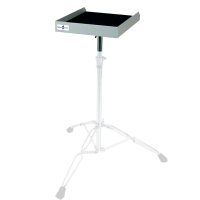
Stands & accessories






Flight cases & Hardcases for Instruments






Good deals
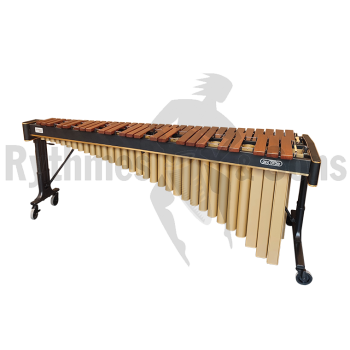


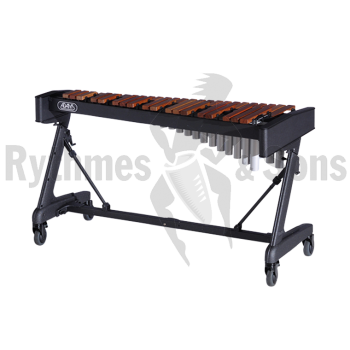
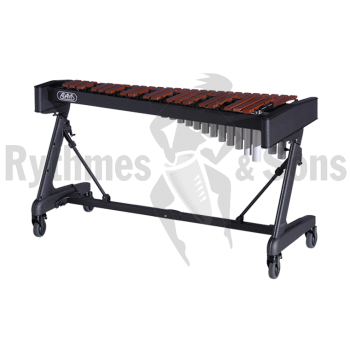


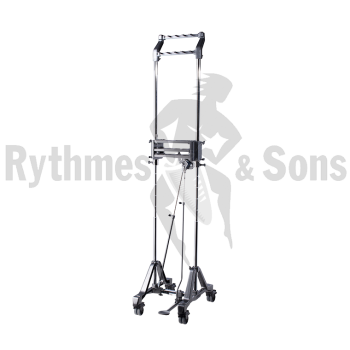

Marimbas




Xylophones




Vibraphones




OPEN-U®


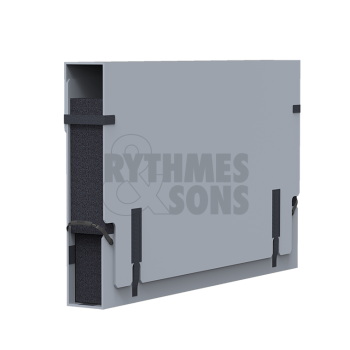
ADAMS



BALTER MALLETS



BLACK SWAMP



CADESON



CAPELLE



CHALKLIN



CONCORDE



EVANS


ISTANBUL AGOP



GROVER



JG PERCUSSION



KANGABA



KONIG & MEYER (K&M)

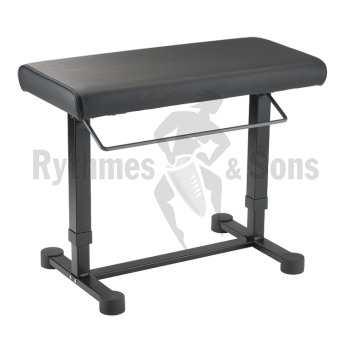

LP



LUDWIG



MAJESTIC



MALLETECH



MARIMBA ONE



MEINL



MUSSER



OPENROAD®
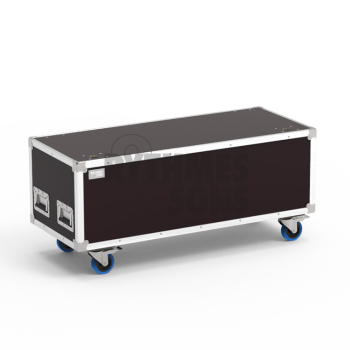



PAISTE



PREMIER



REMO



RYTHMES & SONS



RYTHMES & SONS (flight-cases)
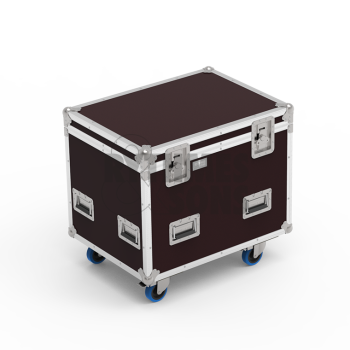


SABIAN



SCHIEDMAYER



SCHLAGWERK



STUDIO 49



VIBRAWELL



VIC FIRTH



Back to menu
























